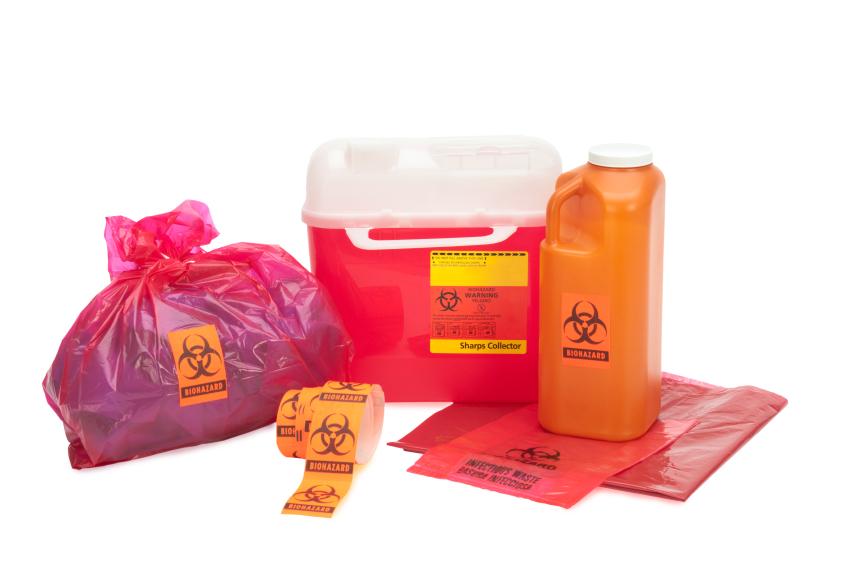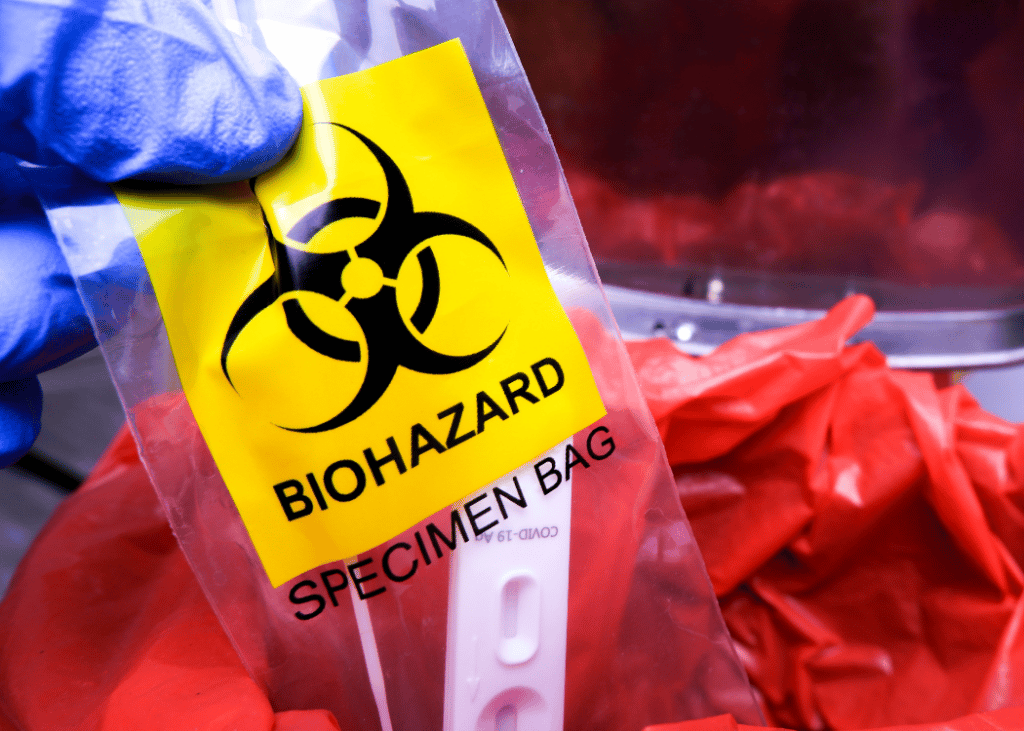Specialist Solutions for Health: Unveiling the Medical Waste Removal Service Advantage
Specialist Solutions for Health: Unveiling the Medical Waste Removal Service Advantage
Blog Article
Comprehending the Various Kinds Of Waste Disposal Methods
In the world of waste management, the variety of disposal strategies available today is large and varied, each approach offering a distinct purpose in dealing with the difficulty of garbage disposal. click here. From reusing techniques that aim to offer new life to products, to the detailed processes of contaminated materials management, the landscape of garbage disposal is complicated yet critical for ecological sustainability. Recognizing the nuances of these different methods not just clarifies the significance of responsible waste management yet also triggers us to reassess our approach in the direction of waste disposal in a quickly evolving world

Recycling Techniques
Recycling techniques are important for lasting waste management practices in both commercial and residential setups. medical waste removal service. By applying reliable recycling methods, a considerable amount of waste can be drawn away from garbage dumps, preserving natural deposits and reducing the ecological effect of production processes
In houses, curbside recycling programs play an important function in motivating households to different recyclable materials from general waste. Products such as paper, plastics, glass, and metals can be sorted and gathered for processing into brand-new items, decreasing the requirement for resources and energy-intensive production procedures.
Industrial centers additionally depend on recycling techniques to reduce waste generation and promote a circular economic situation. By carrying out closed-loop systems, businesses can reuse products within their production processes, lowering prices and environmental footprint. medical waste removal near me. In addition, industrial recycling programs frequently include collaborations with specialized recycling centers to ensure that products are appropriately arranged, refined, and rehabilitated right into the supply chain
Composting Methods

Oxygenated static heap composting involves blending organic waste products in a large heap and frequently transforming it to make sure correct oygenation. This technique is appropriate for smaller-scale procedures and families.
In-vessel composting involves positioning natural waste in a shut container with regulated problems for temperature and aeration. This approach is reliable for taking care of food waste in metropolitan areas. Last but not least, windrow composting includes developing long rows of natural waste and on a regular basis turning them to promote disintegration. This method is generally used in farming setups.
Landfill Disposal
Landfill disposal is a typically used approach for taking care of waste that can not be reused or composted. Methane gas, a result of disintegrating natural waste in garbage dumps, is typically gathered and utilized as a source of eco-friendly power. Initiatives to decrease reliance on land fills include advertising waste decrease, recycling, and discovering alternate waste disposal methods to lessen the ecological footprint associated with standard landfill disposal methods.

Waste-to-Energy Incineration
Incineration of waste for energy generation is a method significantly being taken into consideration as an option to standard landfill disposal strategies. Waste-to-energy incineration includes the combustion of waste materials at high temperatures, normally in specialized centers designed to create electrical energy or warm via the procedure - click here. This strategy not just lowers the quantity of waste that would otherwise be destined for landfills yet also utilizes the warm produced during incineration to develop energy
Among the key advantages of waste-to-energy incineration is its capacity to generate electrical energy while decreasing the environmental effect contrasted to conventional garbage dump disposal techniques. By transforming waste right into energy, this method assists in lowering greenhouse gas emissions and reliance on nonrenewable fuel sources for power generation. In addition, waste-to-energy facilities are geared up with sophisticated air contamination control modern technologies to minimize potential toxic wastes released during the burning procedure.
Contaminated Materials Monitoring

Thinking about the vital value of accountable waste administration methods, specifically in the world of ecological sustainability, the focus now shifts towards the detailed domain name of Hazardous Waste Management. Hazardous waste postures substantial dangers to both human health and wellness and the atmosphere, necessitating customized handling and disposal strategies. Typical examples of hazardous waste consist of chemicals, batteries, pesticides, and electronic waste.
Contaminated materials Monitoring entails the identification, collection, transportation, treatment, and disposal of products deemed unsafe or possibly harmful. This procedure needs adherence to strict laws and standards to reduce damaging effect on environments and public health. Numerous methods are used in handling unsafe waste, consisting of recycling, secure land fills, encapsulation, and chemical treatment.
Appropriate Dangerous Waste Monitoring is important for preventing contamination of dirt, water resources, and air pollution. It is crucial for markets, research laboratories, health care centers, and other generators of harmful waste to implement robust monitoring techniques, training programs, and emergency situation response prepares to make certain the safe handling and disposal of these products. Failing to manage contaminated materials suitably can have far-reaching repercussions, emphasizing the importance of persistent and liable methods in this area.
Verdict
Finally, garbage disposal strategies play a crucial function in managing and lessening the influence of waste on the environment. From recycling and composting to land fill disposal and waste-to-energy incineration, each approach has its very own benefits and limitations. Appropriate administration of harmful waste is additionally necessary to safeguard public health and wellness and the atmosphere. It is necessary for sectors and people to recognize the various garbage disposal strategies readily available and pick one of the most ideal approach for lasting waste monitoring.
In the realm of waste management, the array of disposal strategies offered today is large and varied, each method offering an unique purpose in addressing the obstacle of waste disposal. click here. From reusing approaches that intend to offer new life to materials, to the intricate procedures of unsafe waste administration, the landscape of waste disposal is complex yet crucial for ecological sustainability. Comprehending the nuances of these different strategies not only sheds light on the relevance of liable waste administration but additionally triggers us to rethink our approach in the direction of waste disposal in a quickly evolving world
Initiatives to reduce reliance on garbage dumps consist of advertising waste decrease, recycling, and checking out alternate waste disposal methods to reduce the read more ecological footprint linked with conventional land fill disposal methods.
It is crucial for people and sectors to recognize the different waste disposal strategies offered and pick the most proper method for sustainable waste monitoring.
Report this page